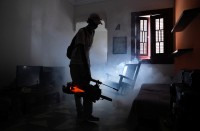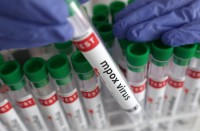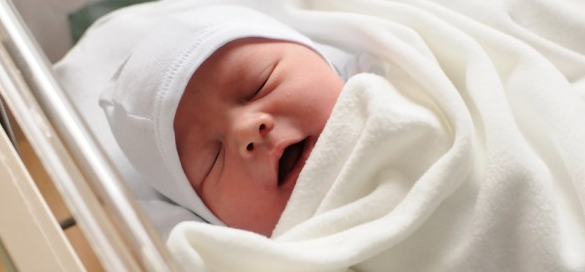
QUEZON City, Philippines (October 5) – Given the improving technology that we have nowadays, we are thankful that science has developed wider range of strategies to improve lives and to better understand the science beyond people’s body. In cognizance to the developing world of science, newborn screening test has been widely used to test every newborn for certain harmful or potentially fatal disorders that aren’t otherwise apparent at birth.
Newborn screening identifies conditions that can affect a child’s long-term health or survival. Early detection, diagnosis, and intervention can prevent death or disability and enable children to reach their full potential.With a simple blood test, doctors often can tell whether newborns have certain conditions that eventually could cause problems. Although these conditions are considered rare and most babies are given a clean bill of health, early diagnosis and proper treatment can make the difference between lifelong impairment and healthy development.
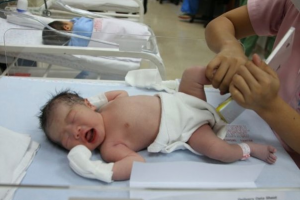
According to babysfirsttest.org, during the blood test, which is sometimes called a heel stick, the baby’s heel will be pricked to collect a small sample of blood. Parents are welcome to be a part of this process by holding their baby while the heel stick is performed. Studies show that when mothers or health professionals comfort babies during this process, the babies are less likely to cry. The health professional will put drops of blood onto the filter paper card to create several “dried blood spots.” The newborn screening card is then sent to the state laboratory for analysis.
How do we have to prepare for the test?
There is no preparation needed for newborn screening tests. The tests are done when the baby is between 24 hours and 7 days old. Most of the time, screens are done before the baby goes home from the hospital.
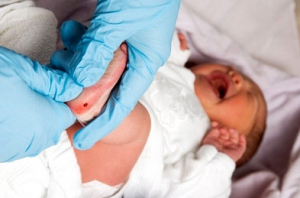
How would the baby feel after the test?
The baby will most likely cry when his or her heel is pricked to get the blood sample while the hearing test should not cause the baby to feel pain, cry, or respond.
What will you do to ease the pain of the baby?
Studies have shown that babies whose mothers hold them skin-to-skin or breastfeed them during the procedure show less distress. Wrapping the baby tightly in a blanket, or offering a pacifier dipped in sugar water, may also help ease pain and calm the baby.
What does normal and abnormal result means?
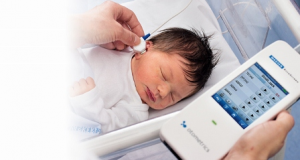
Normal (negative result) values for each screening test may vary depending on how the test is performed while the abnormal (positive result) means that the child should have additional testing to confirm or rule out the condition.
Note: Normal value ranges may vary slightly among different laboratories. Talk to your doctor about the meaning of your specific test results.
Newborn testing is critical for the baby to receive treatment. Treatment may be lifesaving. However, not all disorders that can be detected can be treated but many of the conditions can be treated with medication or changes to the baby’s diet.
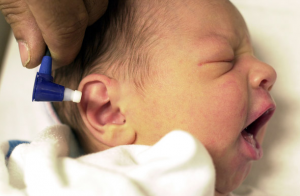
If your baby’s newborn screening tests show that there could be a problem, work with your baby’s doctor to get any needed follow-up tests as soon as possible – don’t wait!
Finding and treating some of the conditions at an early age can prevent serious problems, such as brain damage, organ damage, and even death.
In order to make sure your baby reaches his or her full potential, it is very important to get help for any medical condition as soon as possible.
SOURCES:
kidshealth.org/parent/system/medical/newborn_screening_tests.html
http://www.babysfirsttest.org/newborn-screening/screening-procedures#sthash.fapDZqUf.dpuf
http://www.cdc.gov/newbornscreening/
https://www.nlm.nih.gov/medlineplus/ency/article/007257.htm
http://www.cdc.gov/ncbddd/newbornscreening/
(written by Donna Marie Rodriguez, edited by Jay Paul Carlos, additional research by Lovely Ann Cruz)


